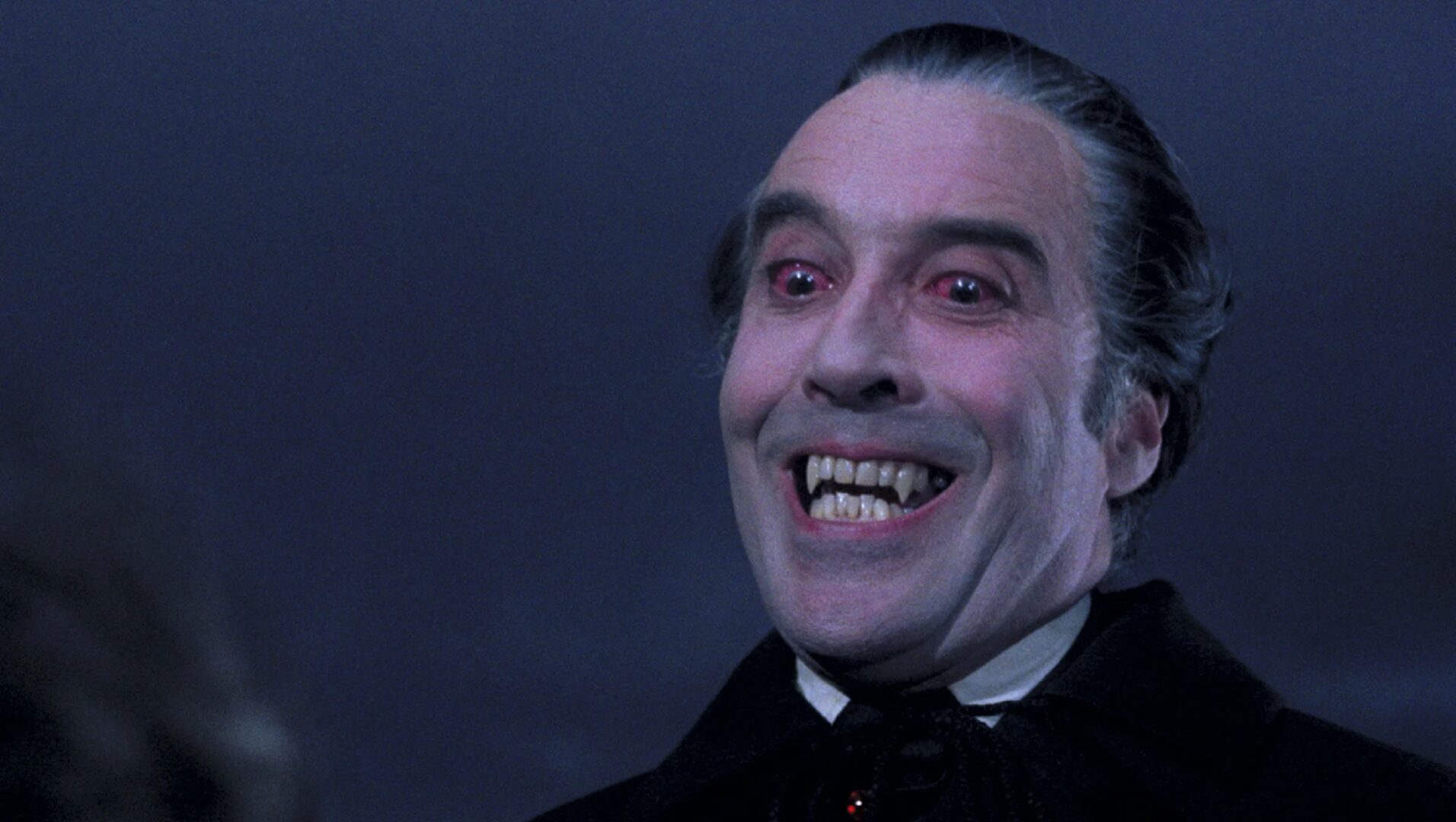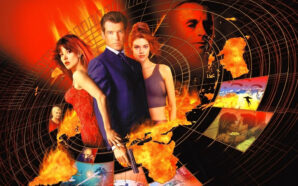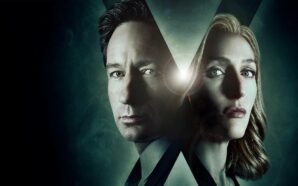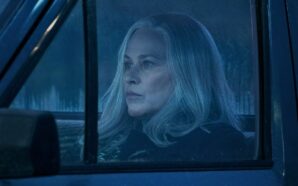As Hammer’s series of Dracula films continue, the eponymous villain gets both increasingly easy to kill at the end of each film and increasingly easy to revive at the beginning of the next. Scars of Dracula gets it over and done with in record time. Dracula is back up and running/flying just two minutes into the ninety-minute runtime thanks to a big bat on a string vomiting up some blood on to his ashes. There’s no hanging around for 45-minutes until Dracula makes his first appearance like in Dracula: Prince of Darkness. This early resurrection lets us know that Christopher Lee is the star of this film like none other in the series before it, and makes Scars of Dracula a much underrated instalment of Hammer’s horror canon.
Lee was one of Hammer’s biggest stars yet in many of his appearances he was underused. They didn’t quite realise what a talent he was for some time. Christopher Lee was often the monster and little else. Whether lumbering around as the Mummy or lumbering around as the monster in The Curse of Frankenstein, Lee had few lines and was buried under make-up, cast in roles because of his stature. Even his iconic Dracula was more of a simple beast, red-eyed and hungry for blood, with one dialogue scene in the 1958 original and not a since line uttered in the sequel Prince of Darkness.
Lee can play the monster well but he’s at his best as the gentleman villain. The handsome charming host, sharp tongued as well as sharp fanged. My favourite Christopher Lee performances are all talky, from Scaramanga to Lord Summerisle, Saruman to, dare I say, Count Dooku. What makes Scars of Dracula so strong is that it’s the film that finally lets Lee speak. Finally has Dracula play host to guests at his castle, seduce people, rather than just be another monster to vanquish. Both sides of the character are on display and Lee gets to play to all of his strengths as an actor, even if he’s not allowed to be particularly subtle.
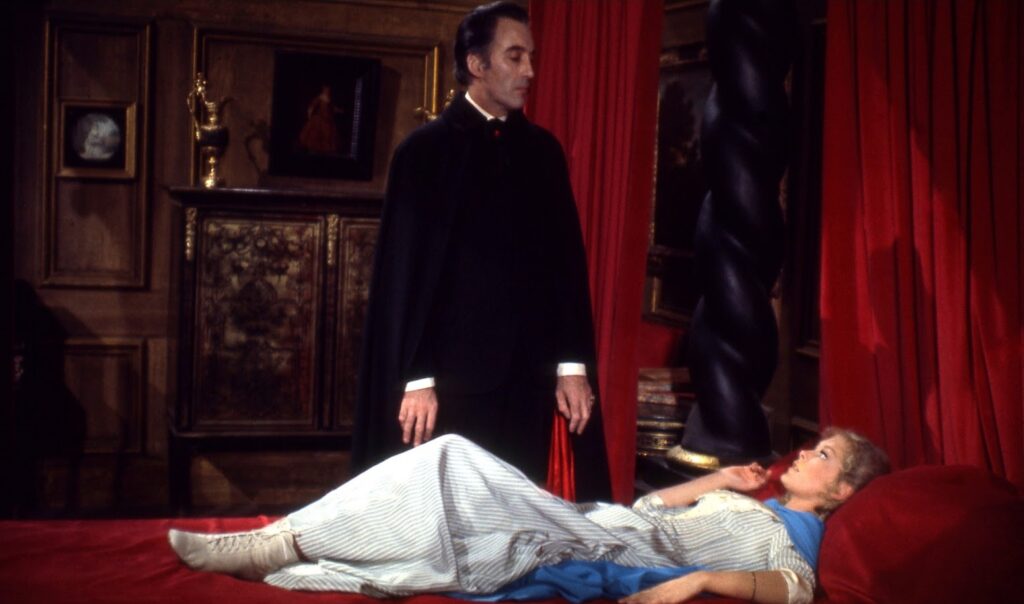
I’m sure Lee was happy he didn’t have to wear the uncomfortable red contact lenses in every scene. Scars gives us a more human vampire than the monster of previous films but that doesn’t make him any less villainous. In fact, this is the most sadistic Dracula in the series. His attacks aren’t just supernatural but disturbingly human. When one of his brides tries to feed on a human he’s already marked as his, Dracula doesn’t bite her but rather brutally stabs her to death. He whips and burns his manservant. He drugs women. This Dracula isn’t less scary because he acts more human, he’s scarier because of it. His weaknesses are also more interesting. He doesn’t just hiss and run when faced with a crucifix; he’s still freaked out by it even after he leaves the room and has to send his goon to get rid of it. This is a fascinating version of the character.
Although, the most horrifying aspect of the film might be Patrick Troughton’s unkempt eyebrows. The Doctor Who actor plays Klove, Dracula’s servant who has seemingly been resurrected himself after being shot to death at the end of Prince of Darkness. Most Dracula films have this stock Renfield-esque character, the master’s familiar who can operate in daylight hours, but the relationship between Klove and Dracula is more interesting and complex than most. Klove is unpredictable in a way which adds to the drama. He’s willing to betray his master and refuse his commands only to come begging for an apology later. We think he’s done a good act in the film, helping spare an innocent, only to then see him kidnap another woman instead. Usually these ‘you never know what they’re going to do next’ characters are anything but yet Klove genuinely kept me guessing until the end.
Scars of Dracula opens almost like a classic Universal Dracula film with a group of angry villagers marching on Dracula’s castle, although they’re carrying rakes rather than pitchforks. I don’t know why they always attempt these assaults just as it’s getting dark. Wake up early and make a day of it! It’s a nice twist to have Dracula neutralise this threat at the beginning of the film rather than the end. Those left alive after the bloody massacre, which is quite shocking to see, (the lessening of censorship between the original 1958 Dracula and this 1970 sequel is quite drastic) are too scared to aid the film’s heroes later on. This amps up the tension knowing that the protagonists are truly alone to face Dracula rather than having Van Helsing or a handy band of disgruntled locals to help them out. Instead they simply utter “we want no trouble here” in a very League of Gentlemen way.
Our heroes, if I can call them that, are brothers Paul and Simon. Sadly not Paul Simon. There’s a certain level of sexual jealousy between the brothers, who are clearly both vying for the affections of the same woman, until Dracula sets his sights on her too. The beginning almost plays like a 70s sex comedy, Confessions of a Vampire maybe, but one where a man is falsely accused of rape and has to flee to the forest to take refuge in a creepy castle. Scars is a period piece, we haven’t reached Dracula A.D. 1972 just yet, but both Simon and Paul have the most 1970s hair I’ve ever seen. Simon is played by Dennis Waterman, who’s just about fine in the film, but the producers obviously missed a trick in not getting him to sing the theme tune.
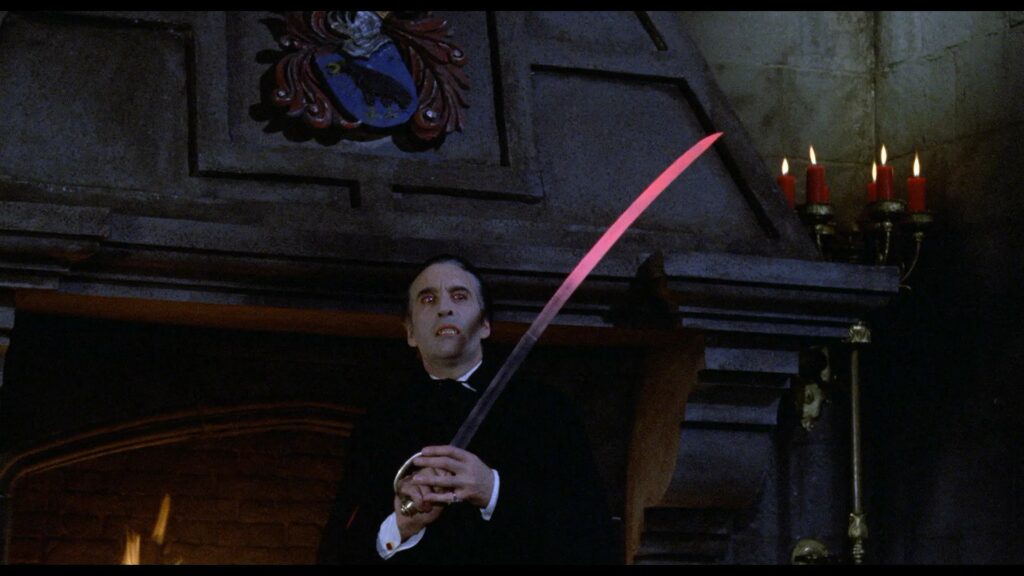
The film’s very 1970 sensibilities to sex and its occasional journey into sex farce could be an issue but Scars of Dracula often uses it to its advantage. The film is thematically about sex and sexual power. We spend time with Paul, a womaniser, bedding anyone he can under any pretence, and then he stumbles upon Dracula in his castle and is suddenly confronted by the ultimate seducer and his bride: the dynamics are dramatically flipped. The film is rife with the horniest, bustiest women in cinema, including two Bond girls from On Her Majesty’s Secret Service, but there is still some attempt at storytelling, including a woman so beautiful not only do the brothers fight over her but so too do both villains in Dracula and Klove. There’s even some effort at exploring class as the two rich city dwellers find themselves in the countryside and act more at home in the evil castle than they do the honest inn.
Scars of Dracula was produced on a much lower budget than previous Hammer films, cut to just £200,000 because the company was having a hard time ensuring US distribution. Despite that, the film offers a more fantastical castle than what we’ve seen before. Gaudy on the inside and with a huge cliff face on the outside, perfect for tense climbing sequences. One cool idea is that Dracula’s sleeping room is only accessible from a window, making it impenetrable to anyone who can’t supernaturally climb walls. Although, it does make it more susceptible to lighting strikes. With the pressure on to keep coming up with new ways to ‘kill’ Dracula, I do like the idea of him being struck by lightning and bursting into flames. We also get much better death screams than Prince of Darkness, which clearly was not Christopher Lee making those noises. Or rather, death scream. There’s only one sound effect which they must replay about 12 times in succession to cover the entire burning sequence.
Dracula returns to ash as the credits roll on the sixth film in Hammer’s Dracula series, although the fifth starring Christopher Lee. It’s the last good film in the franchise and one I feel is very underrated. Ignoring some of the weaker entries, I think it makes for a good final instalment in a trilogy of Dracula (1958), Dracula: Prince of Darkness, and Scars of Dracula. It has all the enjoyable, quintessential tropes of Hammer horror films, thematic work around sexual jealousy and power, and finally lets Christopher Lee be the best version of Dracula he can be, offering him some dialogue to sink his fanged teeth into.




